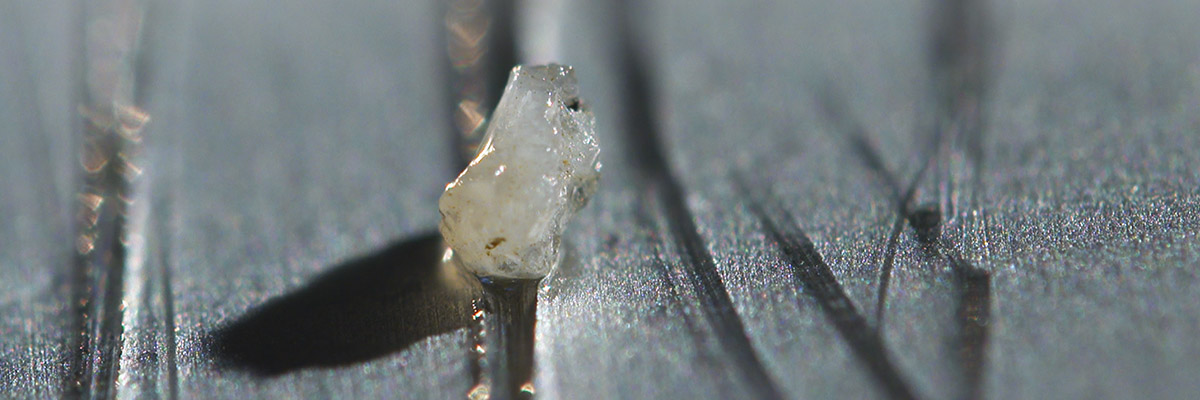
Why “better” fuels have been worse for the engine
Low-sulphur fuel oils have been the norm in the shipping industry since 2020, and now biofuels are entering the mix. Very-low-sulphur fuel oil (VLSFO) and ultra-low-sulphur fuel oil (ULSFO) succeed in complying with the respective 0.50% and 0.10% fuel sulphur limits, but they’ve also brought new challenges – which don’t diminish when biofuels are blended in. While they might be perceived as cleaner from an emissions perspective, low-sulphur fuel oils often contain more impurities in the form of abrasive, engine-damaging cat fines.
Fuel standards and recommended cat fine levels
Marine fuel specifications are determined by the international standard ISO 8217. This standard was revised in 2024 with a separate table for residual fuels containing less than 0.50% sulphur, which was added due to operational difficulties related to viscosity and stability when blending these fuels with distillates. Additionally, a table was introduced to cover blends of residual fuels with biofuels.
The 2024 revision retained the existing limit for cat fine concentration in bunker fuel, which is 60 parts per million (ppm). However, the limit set by ISO 8217 is fundamentally a compromise. If it were any lower, refineries would have difficulty ensuring the global availability of bunker oils.
At 60 ppm, cat fines still pose a major threat to marine engines. Engine manufacturers such as MAN and Wärtsilä state that cat fine concentrations entering the engine should never exceed 15 ppm. For continuous operation, they recommend a limit of 10 ppm or lower.
Lower sulphur has meant higher cat fine levels
Unfortunately for shipowners and operators, the cat fine levels in bunkered fuel have only increased in the low-sulphur era. This is due to intensified catalytic cracking, which refineries use to remove more sulphur. Sulphur is found in all crude oil and is most concentrated in the residual fractions left after distillation, which boil at a higher temperature. Since the widespread adoption of VLSFO and ULSFO, refiners have been cracking more to produce these grades – resulting in additional cat fines.
Reports from across the industry verify the shift. In the 2023 marine bunker review from Veritas Petroleum Services (VPS), more than half the VLSFO tested had cat fine levels above the 15 ppm stipulated by engine makers. In the analysis, VPS noted a clear upward trend for cat fine content.
With increased cat fine levels comes an increase in associated engine damage, especially since low-sulphur fuel oils tend to be less lubricating than heavier fuel oils. Lloyd’s Register’s Fuel Oil Bunkering Analysis and Advisory Service (FOBAS) monitors bunker quality at ports around the world and issues alerts when problems arise. Yet while operators should pay close attention to these and similar reports, damage can occur even when the fuel is fully compliant with ISO 8217.
Continued risks on the route to zero carbon
Weighed against the new challenges of reaching net zero carbon by 2050, the upheaval surrounding fuel sulphur regulations in 2020 seems small by comparison. But the latter’s effects in the form of increased cat fine content mean persistent, long-term danger.
When vessels are ready to reduce carbon emissions by being equipped to run on LNG or methanol, they will face no threat from cat fines – so long as those are the fuels in actual use. However, their engines will almost certainly be dual-fuel engines, and fuel access may be limited. If the intended fuel is unavailable, vessels will resort to a traditional fuel. Likewise, if high prices for LNG or methanol will mean drastically higher operating costs, they may choose to fall back on low-sulphur fuel oils. Unless financial incentives are introduced, fuel pricing will always be a factor.
For much of the world’s fleet, blending with biofuels will be the choice for compliance with decarbonization targets in the coming years. Pure biofuels contain no cat fines, although they do present stability and handling issues of their own. However, cat fines will enter the picture whenever biofuels and low-sulphur fuel oils are mixed, whether due to limited biofuel availability or to price. Because of the cat fines coming from the residual oils, an effective fuel line will remain vital – especially given today’s increased and more complex cat fine content.
Adapting to modern fuel demands
To some extent, the shift to low-sulphur oils has led to greater fuel understanding and more sophisticated fuel handling strategies – although not in relation to cat fines. While removing cat fines at sea has always been a challenge, the onboard equipment needed to do it is based on mature, well-understood technologies. This familiarity has created a certain degree of complacency.
In the fuel landscape ahead, where cat fines will still be prevalent, that complacency can prove extremely costly. The fuel line for oils is as relevant as ever, and its success depends on up-to-date knowledge and a holistic, integrated approach.
